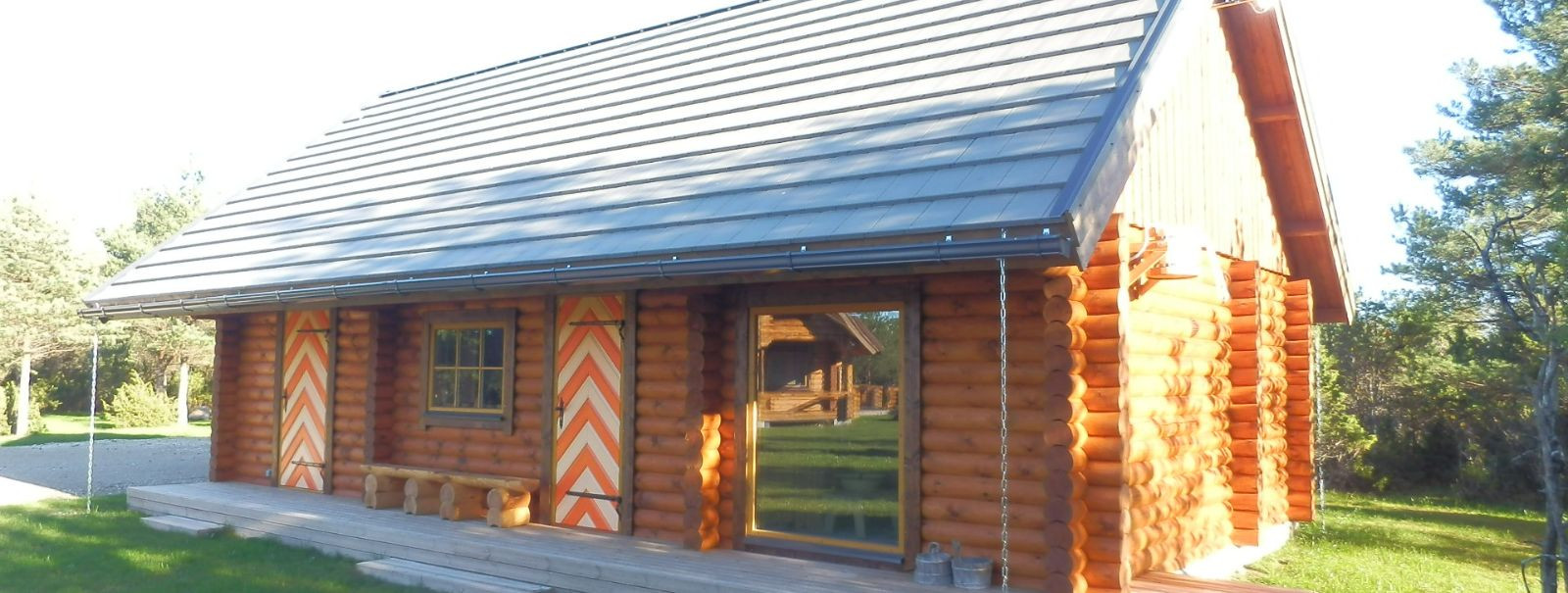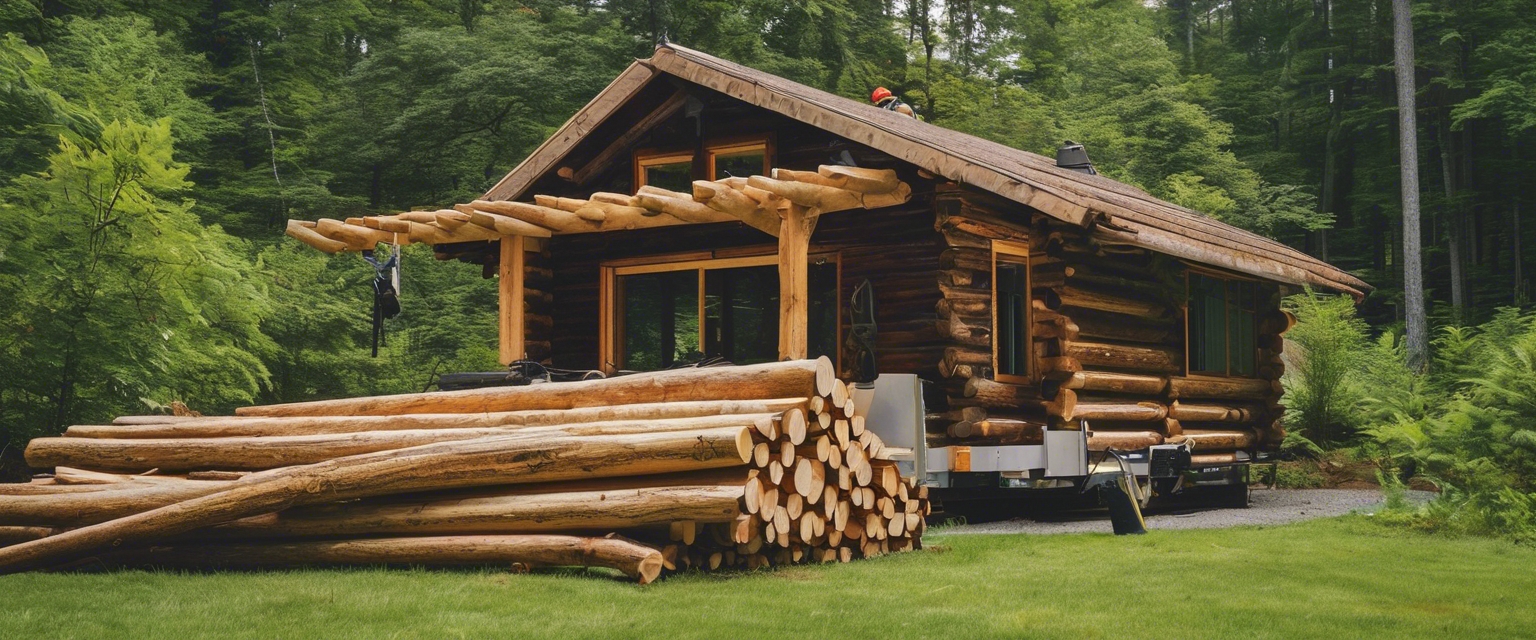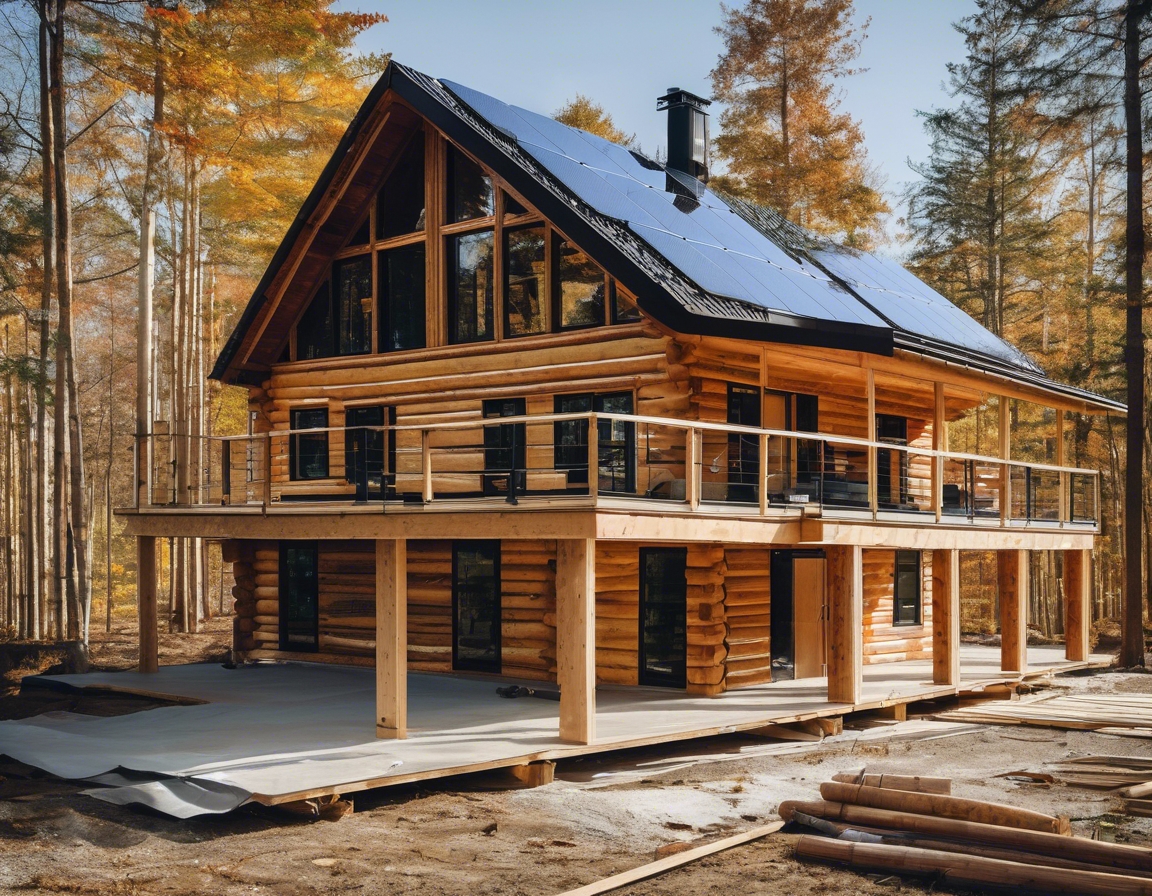Energy efficiency in log buildings
Log buildings have long been admired for their rustic charm and natural beauty. However, beyond their aesthetic appeal, log homes offer significant energy efficiency benefits that align perfectly with the values of environmentally conscious individuals and families. In this blog post, we delve into the various aspects of energy efficiency in log buildings, exploring how they can contribute to sustainable living.
The Natural Insulation Properties of Logs
One of the key advantages of log buildings is their thermal mass. Logs have the ability to absorb, store, and slowly release heat, which helps maintain a stable indoor temperature. This natural property reduces the need for artificial heating and cooling, leading to energy savings and increased comfort.
When discussing insulation, R-value and U-value are critical metrics. The R-value measures the resistance to heat flow, while the U-value indicates the rate of heat transfer. Log walls, due to their thickness and density, provide excellent R-values, making them highly effective insulators. This means that log homes can retain heat during winter and stay cool in summer, enhancing energy efficiency.
Design Considerations for Energy Efficiency
The orientation of a log building plays a crucial role in its energy efficiency. By positioning the home to maximize natural sunlight, homeowners can reduce reliance on artificial lighting and heating. Site planning should also consider wind patterns and natural shading to optimize energy use.
Strategic window placement and the use of energy-efficient glazing can significantly impact a log building's energy performance. South-facing windows can capture solar heat during the day, while double or triple-glazed windows help prevent heat loss. Properly designed windows enhance natural light and reduce the need for artificial lighting.
While logs provide excellent wall insulation, attention must also be given to the roof and foundation. Insulating these areas effectively prevents heat loss and contributes to the overall energy efficiency of the building. Modern insulation materials and techniques can be employed to enhance these aspects.
Modern Techniques to Enhance Energy Efficiency
Air leaks can significantly undermine the energy efficiency of a log building. Implementing air sealing and weatherproofing techniques ensures that the home remains airtight, preventing unwanted heat exchange. This not only improves energy efficiency but also enhances indoor comfort.
Incorporating energy-efficient appliances and systems is essential for maximizing the energy performance of a log home. From LED lighting to high-efficiency HVAC systems, these modern solutions reduce energy consumption and align with sustainable living practices.
Environmental Benefits of Energy-Efficient Log Buildings
Energy-efficient log buildings contribute to a reduced carbon footprint by minimizing energy consumption and reliance on fossil fuels. This aligns with the values of environmentally conscious individuals and supports global efforts to combat climate change.
Log buildings are often constructed using sustainably sourced timber, which further enhances their environmental credentials. By choosing materials that are renewable and responsibly harvested, homeowners can ensure that their log homes are both beautiful and eco-friendly.






Comments (0)